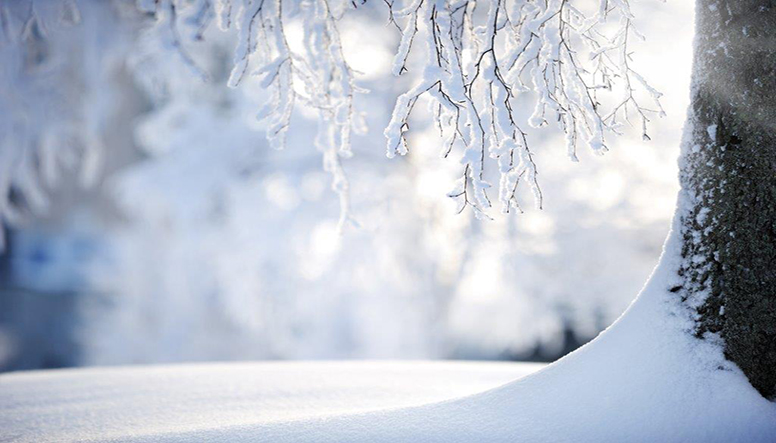PRUNING SHRUBS IN THE DORMANT SEASON
Understanding why it’s best to prune when temperatures are cool
For trusted expertise and superior results,
find a landscape professional near you.

If you live in a snowy climate, you’ve undoubtedly heard warnings about how to avoid injury while shoveling snow. But people aren’t the only ones to be concerned about with snow removal. Your landscape, too, can suffer damage when the white stuff heads its way. Let’s explore how to keep your landscape safe when removing snow. There are two ways to make snow go away: move it or melt it.
Snow Removal: How to Protect Your Landscape
Plows and shovels are designed to move large amounts of snow with brute force. Unfortunately, they are also capable of inflicting serious damage to landscape elements if proper care is not taken to avoid it. Here are some suggestions to keep in mind when moving snow:
Snow Melting: How to Avoid Salt Damage to Your Landscape
In some instances, it makes more sense to melt snow away by using chemical de-icers. De-icing chemicals work by lowering the freezing temperature of water. In other words, they make ice and snow melt even when it’s still cold out. They are especially handy for preventing slip injuries on walkways, steps, patios and other landscape features.
The most common de-icer is rock salt, or sodium chloride. Salt is inexpensive and effective for melting ice and snow, but it comes at a cost. Salt-laden runoff can do serious damage to soil and plant roots and can sicken or even kill your plants and trees. The salty spray kicked up by cars can also damage the leaf and flower buds of roadside trees and shrubs. Salt washes into ground and surface water, where it harms the environment. It can damage concrete and masonry by increasing the frequency of the freeze/thaw effect. And, it leaves unsightly white residue both on your landscape and on your shoes and boots, and can make your floors a mess when it gets tracked inside.
While you may not be able to keep your property safe for pedestrian traffic without using de-icers, you can take steps to minimize their impact on your landscape. Here are a few tips for wise use of de-icing chemicals:
Safety First
Finally, let’s circle back to you! As important as your landscape is, it’s even more important to keep yourself and your loved ones safe. Be sure to use best practices while shoveling and other snow removal activities: keep your back straight and shovel with your arms and legs, not your back; follow proper safety precautions when operating snow removal machinery; and work at a moderate pace to avoid over stressing your heart.
Of course, there’s nothing saying you have to do all the snow removal yourself. Many landscape professionals in snowy climates offer snow removal services throughout the winter months. Hiring such an expert to do the job is an easy way to keep both you and your landscape safe and sound all winter long!
We recently updated our Privacy Policy. By continuing to use this website, you acknowledge that our revised Privacy Policy applies.